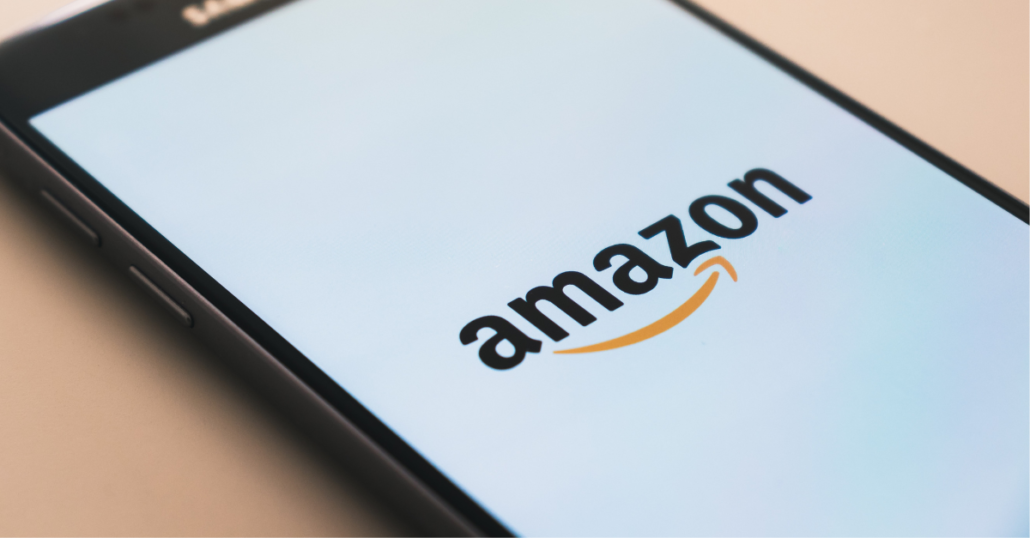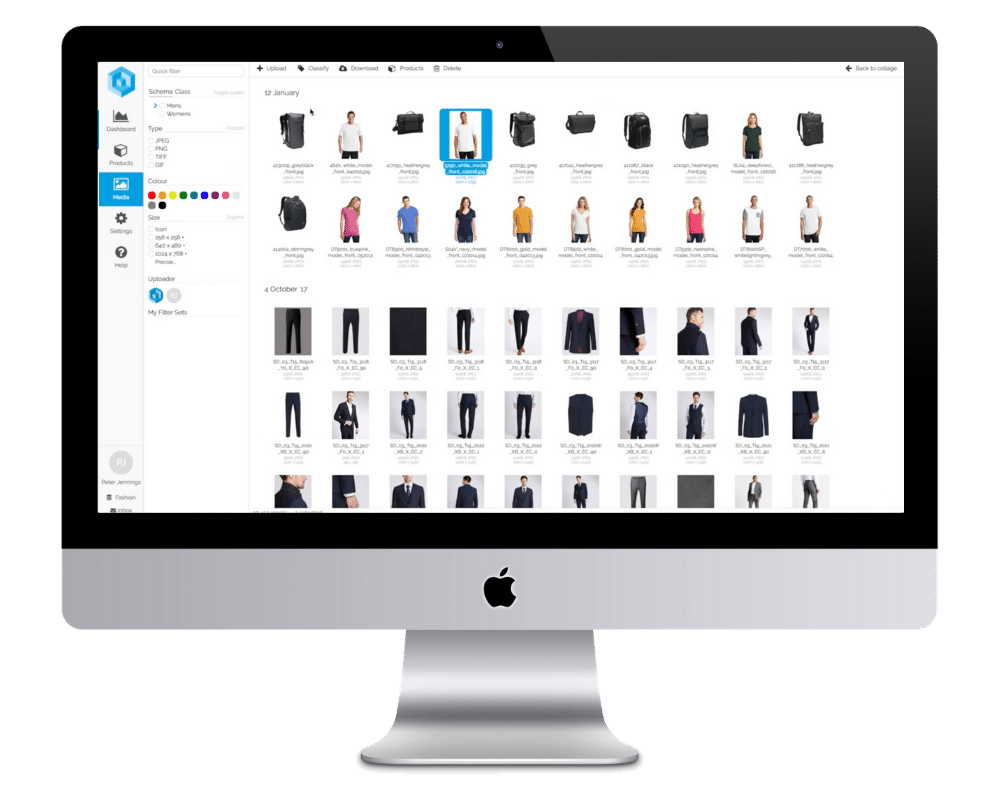Key Takeaways
-
eCommerce gamification boosts engagement, customer loyalty, and average order value.
-
The most effective gamification strategies align with brand identity and product data.
-
PIM solutions like Pimberly help retailers personalize gamified experiences at scale.
What Is eCommerce Gamification?
eCommerce gamification applies game mechanics — like points, levels, challenges, and rewards — to online shopping environments. The goal is to make customer interactions feel exciting and purposeful, encouraging users to return and spend more.
Think of it as turning shopping into a game. Instead of simply adding items to a cart, customers earn, unlock, or compete. The more engaging the experience, the higher the likelihood of repeat visits and referrals.
Use Cases
-
Loyalty programs: Points-based systems that reward customers for purchases, reviews, or referrals.
-
Spin-to-win popups: Interactive discount wheels that reward customers for email sign-ups.
-
Progress bars: Showing how close users are to free shipping or next-tier discounts.
-
Product quizzes: Personalized recommendations based on a customer’s responses.
-
Referral challenges: Incentivizing social sharing with tiered rewards.
According to a Gartner study, brands using gamification in customer journeys can increase engagement by up to 40%. This makes it one of the most effective eCommerce trends shaping 2025.
Why Gamification Matters for Retailers and Brands
Challenge: Keeping Shoppers Engaged
Online competition is fierce — with attention spans shorter than ever. Customers often browse without buying, abandoning carts before checkout or forgetting about loyalty programs entirely.

Gamification addresses this by tapping into intrinsic motivation — the human desire for progress, competition, and reward. By creating mini “missions,” brands give shoppers a reason to stay and complete their goals.
Solution: Emotional Connection Through Data
Gamified experiences thrive on personalization. When combined with accurate product information and behavioral data, retailers can create reward structures that feel personal rather than generic.
For example, a sportswear retailer might gamify product exploration by rewarding customers who view or favorite eco-friendly gear — aligning brand values with incentives. With unified data management, every interaction can feel tailored and meaningful.
Top 10 eCommerce Gamification Examples That Will Revolutionize Shopping
1. Nike — Fitness Challenges
Nike’s gamified mobile ecosystem turns fitness into a social competition. Through the Nike Run Club app, users track workouts, compete with friends, and earn badges. This ongoing engagement strengthens brand loyalty far beyond the checkout.
Why it works: Nike ties gamification directly to product use, transforming each purchase into a tool for achievement.
2. Sephora — Beauty Insider Tiers
Sephora’s Beauty Insider program rewards users for spending and engagement with exclusive perks, early product access, and free samples.
Why it works: Tiered rewards make customers feel recognized and motivate continued spending to reach the next level.
3. Starbucks — Stars for Every Sip
Starbucks’ “Star Rewards” system gamifies purchases with points, challenges, and double-star days. This drives habitual engagement and repeat visits, often increasing average order size.
Why it works: Clear progress visualization and regular bonus opportunities create instant gratification loops.
4. Duolingo — Daily Streaks and XP
While not an eCommerce brand, Duolingo sets the gold standard for gamification mechanics. Its streaks, leaderboards, and progress bars keep users motivated — lessons eCommerce can adapt for retention and loyalty.
Why it works: The psychology of loss aversion — users don’t want to break their streak — keeps them coming back.
5. eBay — Bidding Battles
eBay’s competitive auction model makes shopping thrilling. Users engage emotionally by competing to “win” products, fostering excitement that fixed-price models can’t match.
Why it works: Competition and scarcity drive urgency — a powerful combination for conversions.
6. ASOS — Style Quizzes
ASOS uses quizzes to recommend outfits, improving personalization and reducing returns. The interactive format helps customers explore products in a fun, low-pressure way.
Why it works: Gamified quizzes double as both engagement and data-collection tools for better recommendations.
7. H&M — Conscious Points System
H&M’s “Conscious” program rewards sustainable behaviors — from recycling clothes to choosing eco-friendly materials. Shoppers earn points and climb levels for environmentally conscious decisions.
Why it works: Gamification aligns with social responsibility, turning sustainability into a personal achievement.
8. Amazon — Prime Badges and Rewards

Amazon subtly integrates gamification through its Prime program, showcasing exclusive “badges,” faster delivery, and early access perks. Customers feel part of an elite club, which drives loyalty and retention.
Why it works: The combination of exclusivity and convenience reinforces continuous engagement.
9. Timberland — AR Exploration Games
Timberland’s augmented reality stores gamify the in-person shopping experience. Visitors can scan codes to learn about sustainability initiatives or unlock hidden product insights.
Why it works: Merging physical and digital experiences creates novelty while reinforcing brand storytelling.
10. Adidas — Creators Club
Adidas’ membership app awards points for purchases, reviews, and social engagement. Customers can unlock special events, early releases, and discounts — building a sense of community.
Why it works: Rewarding multiple engagement types (not just spending) builds long-term relationships and advocacy.
Gamification and PIM – Why Product Information Matters
Gamified eCommerce only works if the product data behind it is consistent, accurate, and flexible. Every interactive experience — from a quiz to a loyalty badge — depends on rich, structured content that can be personalized across channels.
That’s where a Product Information Management (PIM) platform like Pimberly becomes essential. PIM centralizes product data and digital assets, enabling brands to:
-
Deliver consistent product information across apps, websites, and games.
-
Personalize rewards and recommendations using enriched product metadata.
-
Scale gamified campaigns quickly without manual data entry.
For example, a retailer could use Pimberly’s AI features to automatically tag product attributes (“eco-friendly,” “limited edition,” etc.) and tie them to gamified badges or challenges. This ensures shoppers always see accurate, dynamic data — creating a seamless bridge between product content and customer engagement.
FAQs
Q: Why is gamification so effective in eCommerce?
A: It leverages behavioral psychology — particularly reward, progress, and competition — to make shopping experiences more interactive. When done right, it increases engagement, loyalty, and conversions while reducing cart abandonment.
Q: How can small retailers implement gamification affordably?
A: Start with simple mechanics like progress bars, quizzes, or referral rewards. Use PIM systems to automate product tagging and ensure consistent messaging across channels. Even modest gamified elements can boost engagement significantly.
Q: Does gamification work across B2B eCommerce?
A: Absolutely. B2B buyers are also people who respond to motivation and reward. For instance, offering badges for early ordering, bulk discounts, or training completion can drive participation and retention.
Takeaways for eCommerce Managers Looking to Gamify Customer Experiences
To summarize, gamification isn’t just a marketing tactic — it’s a strategic engagement framework. The best examples combine clear goals, relevant rewards, and data-driven personalization.
For retailers, the key takeaway is this: gamification works when underpinned by accurate product data. Centralizing information through PIM allows you to build smarter, more personalized experiences that feel less like marketing — and more like play.
Ready to elevate your product experiences? Explore how Pimberly’s PIM and DAM platform helps brands deliver gamified, customer-centric journeys that inspire repeat engagement.














